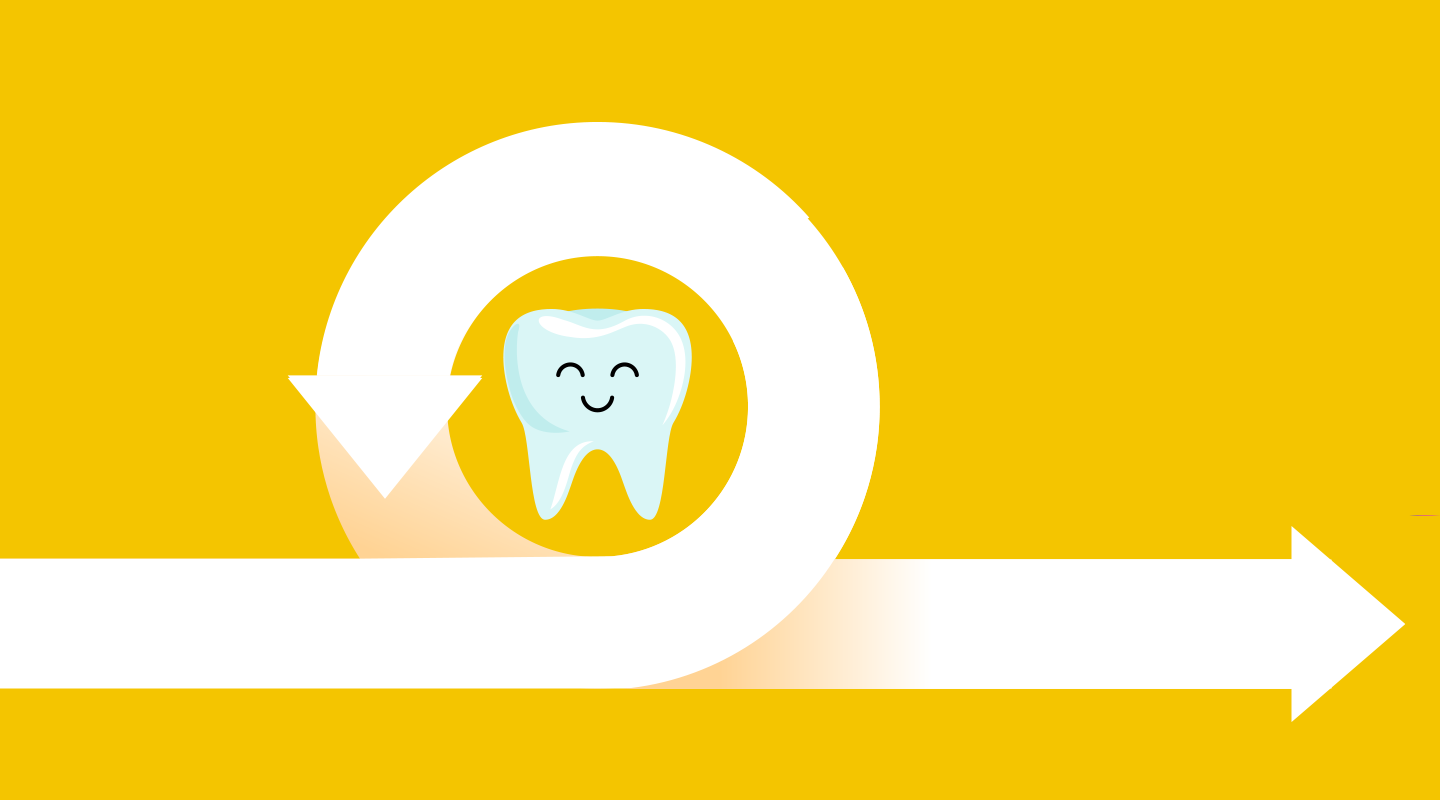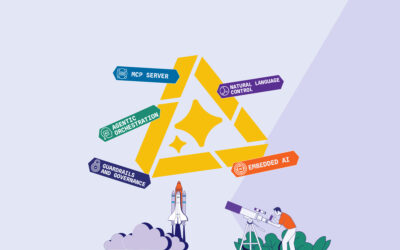Dental insurance CIOs and CTOs are often stuck in old technology processes. Improving their prospects means fully embracing new Agile technologies through cultural change.
Change is hard. As humans, we generally try our best to avoid it. But most of the time, when done thoughtfully and with good intentions, the results are well worth the effort, and the more proactive you are to accommodate change, the less painful it is. In business, change is not only inevitable, it’s necessary for success and even survival. Given that, it’s nothing short of remarkable that dental insurance carriers continue to operate on legacy technologies that run the heart and soul of their business. Dental insurers are facing pressure on their business model from multiple fronts. With much larger books of business and deeper pockets, healthcare companies are encroaching aggressively into the dental space in an effort to diversify their portfolios and create a more seamless customer journey. They are feeling the pressure, too, from group and worksite benefit companies that are adding dental and vision as standard lines of business to round out their portfolios. For a standalone dental carrier to flourish, it needs to change, and that means a hard look at legacy systems. But changing a legacy system is about so much more than changing technology, or what’s often referred to in executive-speak as a “transformation.”
Dental insurance transformation requires complete cultural change
Transformation captures a lot more than just a technical upgrade, which is the intent. You have to change the entire culture of an organization. The business subject matter experts (SMEs) must be engaged in ways they’ve never had to be before. With today’s modern open-source platforms, this becomes less about IT, and more about business. The IT part of a system transformation is the easy part. That’s not to say it’s easy, of course. But a modern technology platform is scalable, flexible and configurable, and provides the foundation for business transformation. The harder change is now with those operational department executives and their SMEs who need to own the business configuration rules to accelerate the change. Modern systems like EIS’ make that simple. Since the responsibility’s now squarely in the hands of the business owners, the old finger pointing at the IT department for not getting something done no longer applies. It’s a tectonic shift in accountability, but a welcome one for those ready to transform.
Digital transformation: How dental insurers become fully agile
One of the more important enablers of that shift is the change in project methodology from Waterfall to Agile. Many companies have made that transition already. But I can tell you that if you’re still on a legacy system, you are not fully Agile. You may have dabbled in it, and you may even have Agile coaches and scrum masters running around talking about it, but you’re not truly Agile. Words like “iterative” and “hybrid” are the telltale signs of still having a foot in both worlds. Being Agile requires an entire organization to think and behave differently, and that’s not fully achievable with a legacy back end. You have to have a technology platform and partner that uses continuous integration and continuous deployment (CI/CD) as a mindset. Once a technology is delivered into production, that should be the beginning, not the end. An organization needs to have a constant evolution and configuration of functionality as part of its working model to leverage the real benefits of a transformation.
The good news is, there’s a way to make that change less difficult. At EIS, we accelerate modern technology. Our systems fully embrace Agile methodologies, and our teams are not only fully trained in it; it’s all they know. The result is an implementation three to five times faster than the traditional Waterfall method. Think of the cost reduction and speed-to-market that type of advantage brings. For dental insurers, ditching old-school thinking is imperative to improving their prospects. Continuing to use a monolithic system that does exactly what an 18-month-old requirements document said for it to do won’t cut it in today’s consumer-centric environment.
By embracing Agile technologies through cultural change and using a flexible platform to meet their changing needs, dental insurers can strengthen their competitiveness in the marketplace and be better positioned for success in the long run. To make that change, it takes leadership that’s willing to go outside boundaries and has the gravitas to drive cultural change. It takes technology to lead in terms of how the business will operate differently. Dental insurers don’t have to become technology companies, but they have to think like technology companies. CIOs and CTOs can be the messengers of that story and convince their peer group of the business value. CIOs and CTOs can be true change managers and drive future results by not letting old-school thinking hold them back.
For more on how new technologies can help dental insurers succeed, check out our e-book, “The New Dental Insurance Market: How Leading Insurers are Overcoming Legacy Limitations and Taking on the Competition.”




